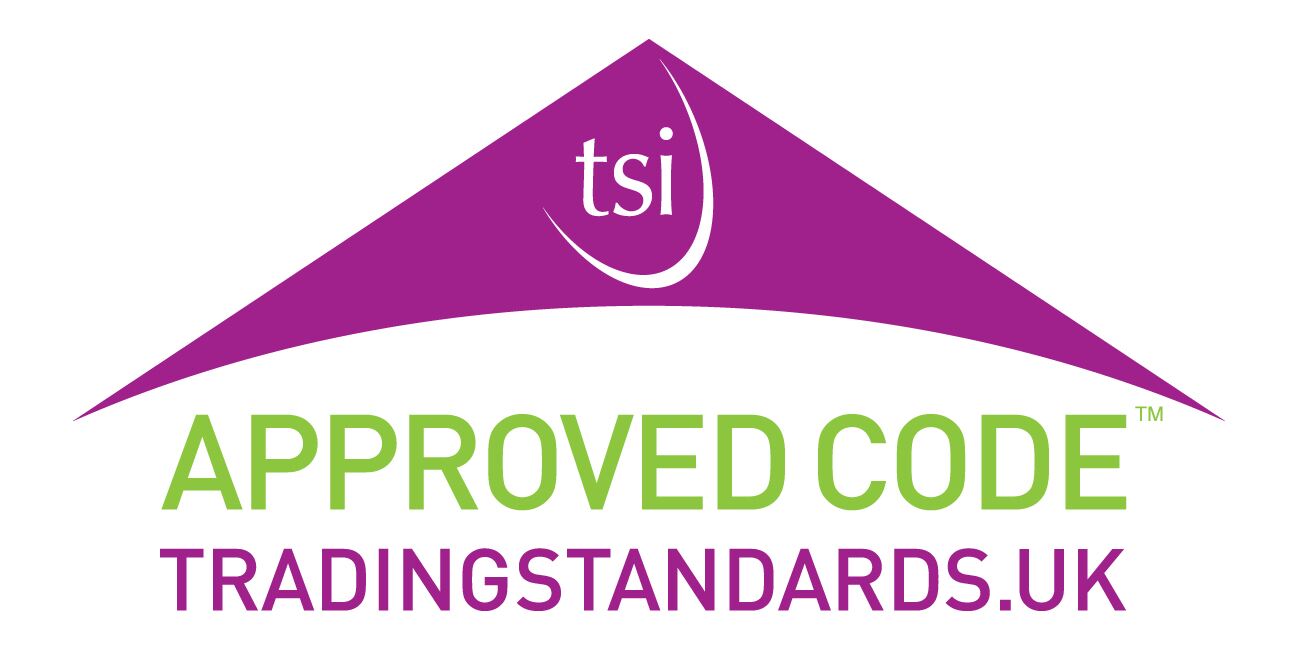What Landlords Need to Know About Stress
Testing for mortgages!
- What
is the difference between Loan To Income (LTI) and Loan To Value (LTV)?
- What changes
in Financial Conduct Authority (FCA) guidelines could impact borrowers who
had previously been rejected for a mortgage
- What is Stress testing and why it is used?
If you are looking to buy a
potential investment property, or re-finance your existing ones, it is
essential to understand the financial process involved. Stress testing used to
be a significant factor in this, and it aimed to ensure that borrowers could
afford their mortgage payments, even if rates were to rise.
Although the formal stress test
has been scrapped, lenders still need to assess affordability and consider your
income when looking at your mortgage application. How do lenders assess your
finances without a stress test?
Stress
testing explained
Stress testing required borrowers
to demonstrate that they could afford monthly repayments, even if mortgage
rates increased by 3% above the standard variable rate of their lender.
Though no longer a formal
requirement, the loan-to-income ratio remains in place.
The LTI limit puts a restriction
on the number of mortgages a lender can issue to incomes greater than 4.5
times.
LTIs
for landlords
It’s important to understand that
buy-to-let properties usually require an LTV of 75-80%, meaning you’ll need a
20-25% deposit. Knowing the ratios is crucial when applying for a mortgage,
affecting how much can be borrowed and the deposit size.
Why
the official stress test was scrapped?
The Bank of England undertook
assessments of their mortgage affordability tests, including stress tests.
Following the review, the Financial Policy Committee withdrew its stress test
recommendations. Rising property prices and the likelihood of more rejected
applications due to stress tests played a role in the decision.
The
impact on borrowers
Though stress tests are no longer
required, lenders must comply with FCA guidelines. This means making a
reasonable assessment of a borrower's affordability and offering financial
products that do not disadvantage them. While these changes mean that some
previously rejected applicants may now qualify for mortgages, others could also
receive larger mortgages, which comes with its own risks. This is why it’s
essential for lenders to have conversations with applicants about their
finances to ensure responsible lending.
Impact
on landlords
Buy-to-let mortgages are based on
the expected rental income of the property, with lenders typically wanting
rental income to be 125% of the monthly mortgage payments. The loan-to-value
that lenders require may be impacted if the rental income is not high enough,
thus requiring a larger deposit.
Criteria
for assessing landlord affordability typically include:
· Income
· Deposit amount
· Employment status
· Age
· Credit score
· Location
Advice
for applying for a buy-to-let mortgage
Researching the market is
important, using a broker is key. It is also crucial to understand the costs
involved in maintaining a property, including repairs, maintenance, insurance,
agent rates, tax, and legal fees.
Stress testing remains a crucial
factor in the mortgage application process and understanding its impact on
borrowers and landlords is essential for making informed decisions when buying
property.
Contact Emma at Exclusively
Mortgages to discuss your needs:
emma@exclusivelymortgages.co.uk
07368388455










